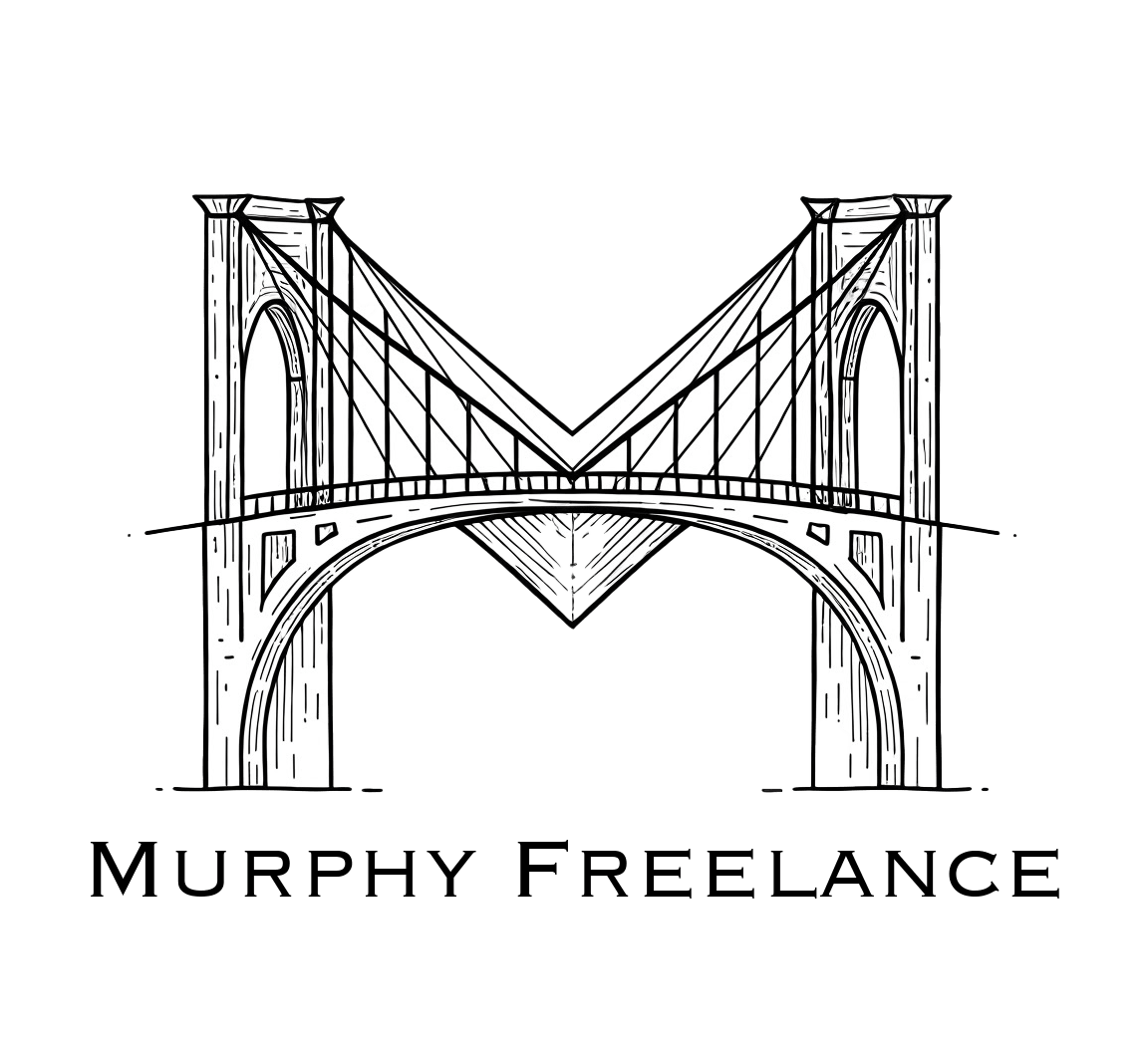How Stories Activate the Human Brain
How Stories Activate the Human Brain
Facts inform. Stories transform. This isn't just copywriting speak, it's neuroscience.
Stories evoke the operating system the human brain evolved to prioritize – story.
The Brain Advantage
When we process data, we activate the language processing parts of our brains. These regions decode information efficiently but without deep engagement.
Stories trigger something else, emotion, neural coupling (key feature) – where the listener's brain activity begins to mirror the speaker's brain activity.
Well-crafted narratives activate not just language centers, but also:
The sensory cortex when describing sensory experiences
The motor cortex when describing movement
The frontal cortex when processing characters' goals and motivations
This whole-brain engagement creates stronger neural pathways, which makes information delivered through story significantly more memorable and persuasive.
Narrative Transportation
Have you ever been completely lost in a good book? The most powerful stories create "narrative transportation", a state where listeners become so absorbed in a story that their awareness of the physical world temporarily diminishes. In this state:
Critical thinking barriers lower
Emotional engagement increases
Brand and message associations strengthen
Sometimes, leaders resist storytelling as "fluff," yet research shows that even highly analytical audiences retain information better when it's delivered through narrative structures! Humans are emotionally driven creatures, and our brains prioritize impactful feeling in a continuous background process.
Practical Application
How do you leverage neurological advantage in business communication?
Transform features into character-driven narratives: Instead of listing what your solution does, tell the story of someone using it to overcome obstacles.
Use sensory language: Activate more brain regions by incorporating sensory details that make abstract concepts relatable.
Create tension and resolution: The brain releases dopamine when following a complete story arc from challenge to resolution.
The brain is hardwired to prioritize narrative over raw information. By implementing these storytelling techniques in your business communications, you can transform forgettable features into memorable experiences that drive action.
Story-Data Synthesis
The most effective technical communicators don't choose between stories and data, they synthesize both. They use narratives to create the neurological framework that makes data memorable.
For example, rather than presenting raw performance benchmarks, tell the story of a specific implementation failure, build tension around the consequences, then introduce data as the resolution. This creates both emotional engagement and analytical credibility.
The synthesis creates dual-coding in memory – information stored through both narrative and analytical pathways, significantly improving recall and application.
The Edge
In markets where technical capabilities appear similar, narrative differentiation often determines which solutions gain adoption.
The most successful technical experts aren't necessarily those with superior knowledge, but those who can wrap that knowledge in stories that stick.
The neurological reality is clear. If you want ideas to spread, persuade, and drive action, you must deliver them through the operating system the human brain evolved to prioritize – story.
© 2025 Deb Murphy | Image Credit: Image Prompts Written by Deb Murphy, Image Generation by Gemini, ChatGPT, Grok | Site Created With systeme.io

